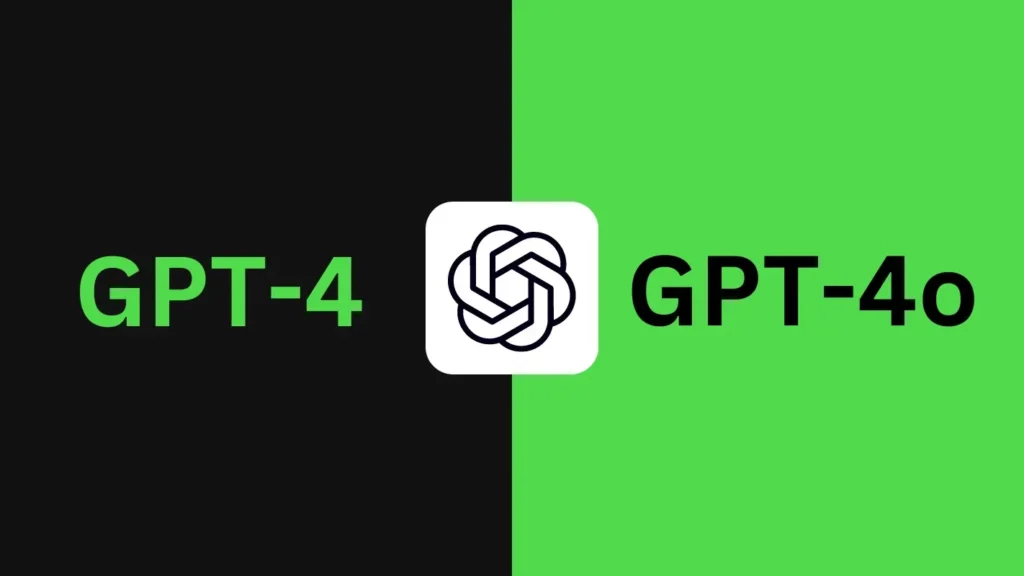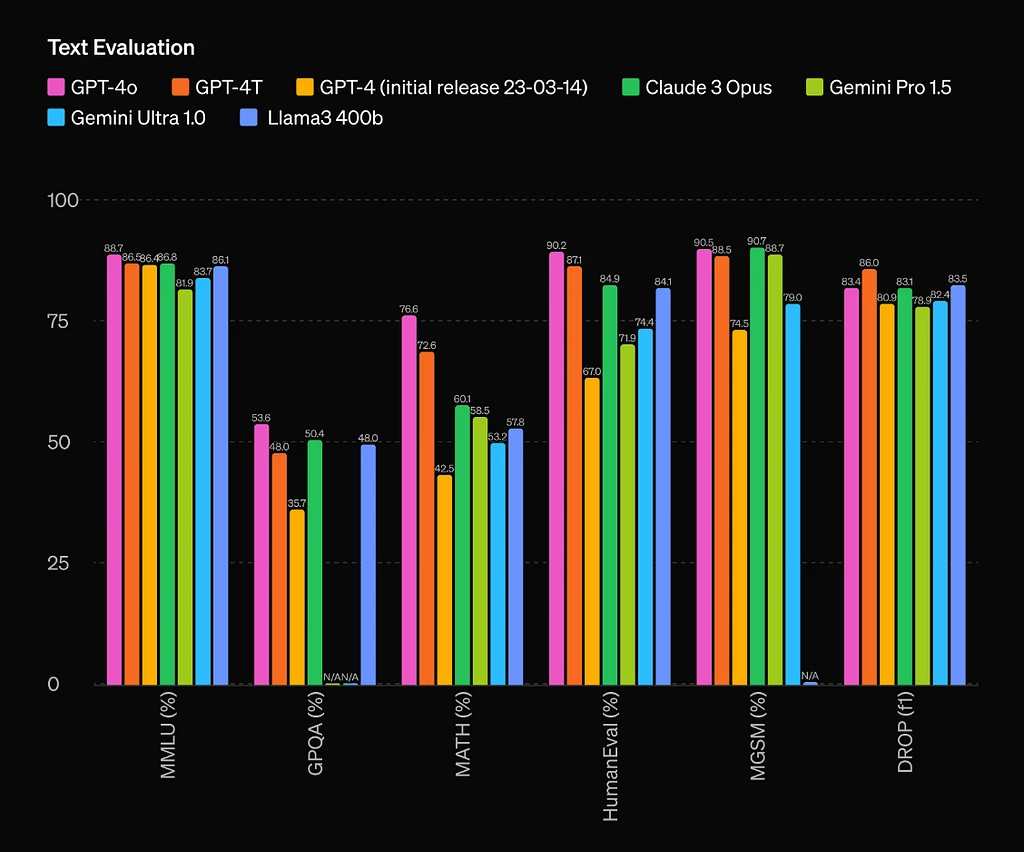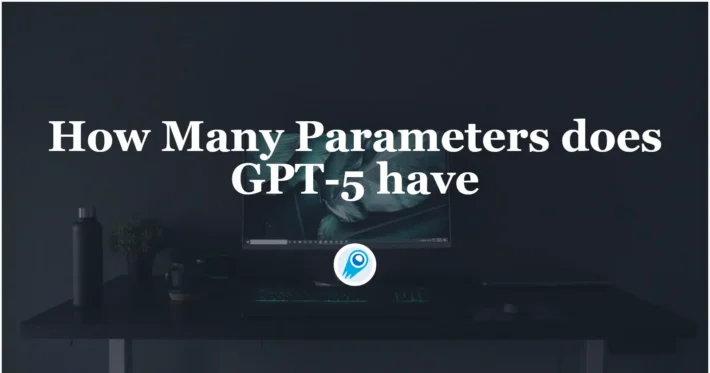Exciting Comparison: GPT-4o vs. GPT-4 Unveiled!
The rapid evolution of artificial intelligence (AI) has brought forth advanced language models that are transforming various industries. OpenAI‘s GPT-4 and its successor, GPT-4o, represent significant milestones in this progression. This article provides an in-depth comparison of these two models, examining their features, performance, and suitability for different applications.

What is GPT-4?
GPT-4, introduced on March 14, 2023, is a multimodal large language model capable of processing both text and image inputs to generate human-like text outputs. It marked a substantial advancement over its predecessors by enhancing creativity and collaboration in tasks such as composing songs, writing screenplays, and adapting to a user’s writing style. GPT-4 was made accessible through OpenAI’s ChatGPT Plus subscription and API, as well as integrated into Microsoft’s Copilot.
What is GPT-4o?
GPT-4o (“o” for “omni”), released in May 2024, expanded upon GPT-4’s capabilities by introducing multilingual and multimodal functionalities. This model can process and generate text, images, and audio, offering real-time reasoning across these formats. GPT-4o is designed to be faster and more cost-effective than its predecessors, providing GPT-4-level intelligence with improved performance across text, voice, and vision. Notably, GPT-4o’s image generation excels at accurately rendering text and precisely following prompts, leveraging its inherent knowledge base and chat context.

What Are the Core Differences Between GPT-4 and GPT-4o?
Understanding the fundamental distinctions between GPT-4 and GPT-4o is crucial for selecting the appropriate model for specific tasks.
Release Timeline and Training Data
- GPT-4: Released in 2023, GPT-4 was trained on data up to September 2021.
- GPT-4o: Introduced in 2024, GPT-4o benefits from training data up to October 2023, providing a more current knowledge base.
Multimodal Capabilities
- GPT-4: Primarily designed for text-based interactions with limited support for image inputs.
- GPT-4o: An omni model capable of processing and generating text, images, audio, and video, enabling more versatile applications.
Context Window and Token Limits
- GPT-4: Supports an input context window of 8,192 tokens and can generate up to 8,192 tokens per request.
- GPT-4o: Offers a significantly larger context window of 128,000 tokens and can produce up to 16,384 tokens in a single response, facilitating more extensive and coherent outputs.
How Do Performance and Efficiency Compare?
Performance metrics and cost considerations are pivotal when evaluating AI models for deployment.
Speed and Latency
- GPT-4: Known for detailed and nuanced outputs, though with longer response times due to complex internal processing.
- GPT-4o: Generates text up to twice as fast as GPT-4, with response times averaging 320 milliseconds, comparable to human conversational speed.
Cost Efficiency
- GPT-4: Higher operational costs, with input tokens priced at $30 per million and output tokens at $60 per million.
- GPT-4o: More cost-effective, charging $2.50 per million input tokens and $10 per million output tokens, making it approximately 7.2 times less expensive than GPT-4.
What Are the Multimodal Capabilities of GPT-4o?
GPT-4o’s ability to handle multiple forms of data input and output sets it apart from its predecessor.
Vision and Audio Processing
GPT-4o can interpret and generate responses based on images and audio inputs, enabling applications such as:
- Image Interpretation: Describing visual content, assisting in tasks requiring visual analysis.
- Audio Interaction: Engaging in voice-based dialogues, enhancing user experience in conversational AI applications.
Real-Time Interaction
The model supports real-time interactions, allowing users to interrupt and receive immediate responses, thereby creating more dynamic and natural conversations.
How Do They Perform in Language Understanding and Generation?
Both models exhibit strong language processing capabilities, but there are notable differences.
Multilingual Proficiency
- GPT-4: Demonstrates high proficiency in English and code-related tasks.
- GPT-4o: Shows significant improvements in handling non-English languages, making it more suitable for global applications.
Reasoning and Creativity
- GPT-4: Excels in advanced creative tasks and complex problem-solving scenarios.
- GPT-4o: While maintaining strong reasoning abilities, it emphasizes efficiency and speed, catering to applications requiring quick and context-aware responses.
What Are the Practical Applications and Use Cases?
The choice between GPT-4 and GPT-4o depends on specific application requirements.
GPT-4 Suitable Scenarios
- In-depth Research: Ideal for tasks necessitating comprehensive analysis and detailed content generation.
- Creative Writing: Excels in producing nuanced and sophisticated narratives.
GPT-4o Suitable Scenarios
- Real-Time Customer Support: Its speed and multimodal capabilities enhance user interactions.
- Multilingual Communication: Effective for applications targeting diverse linguistic demographics.
- Multimedia Content Creation: Capable of generating and interpreting various forms of media content.
What Are the Limitations and Challenges of Each Model?
GPT-4’s Limitations
Despite its advancements, GPT-4 has limitations, including social biases, hallucinations, and susceptibility to adversarial prompts. OpenAI acknowledges these challenges and continues to work on addressing them through ongoing research and updates.
GPT-4o’s Challenges
While GPT-4o improves upon many aspects of GPT-4, it may compromise some precision for higher interaction rates. Users have reported instances where GPT-4o exhibits more frequent hallucinations compared to GPT-4, indicating a trade-off between speed and accuracy.
See Also Free and Unlimited Access to ChatGPT-4o: Is It Possible?
Conclusion
GPT-4 and GPT-4o represent significant milestones in the evolution of artificial intelligence, each offering unique strengths and capabilities. GPT-4 provides a solid foundation with its multimodal processing and advanced reasoning abilities, making it suitable for complex and nuanced tasks. In contrast, GPT-4o builds upon this foundation by enhancing efficiency, integrating multiple input forms, and reducing operational costs, making it ideal for applications requiring high-speed interactions and budget considerations.
As AI continues to evolve, understanding the distinctions between models like GPT-4 and GPT-4o is crucial for selecting the appropriate tool for specific applications. Both models contribute to the expanding capabilities of AI, offering diverse solutions across various industries and use cases.
Use GPT-4o API in CometAPI
CometAPI provides access to over 500 AI models, including open-source and specialized multimodal models for chat, images, code, and more.With it, access to leading AI tools like Claude, OpenAI, Deepseek, and Gemini is available through a single, unified subscription.You can use the API in CometAPI to create music and artwork, generate videos, and build your own workflows
CometAPI offer a price far lower than the official price to help you integrate GPT-4o API (Model name: gpt-4o;gpt-4o-all), and you will get $1 in your account after registering and logging in! Welcome to register and experience CometAPI.CometAPI pays as you go,GPT-4o API in CometAPI Pricing is structured as follows:
- Input Tokens: $2 / M tokens
- Output Tokens: $8 / M tokens


